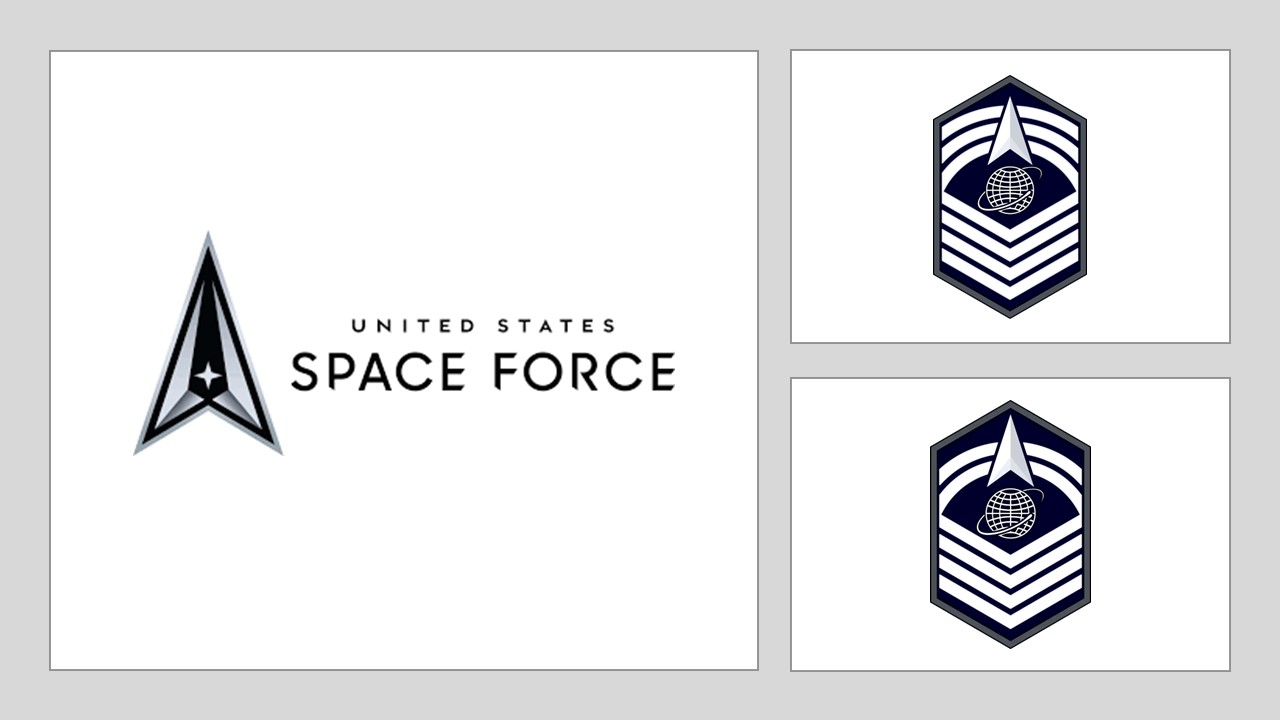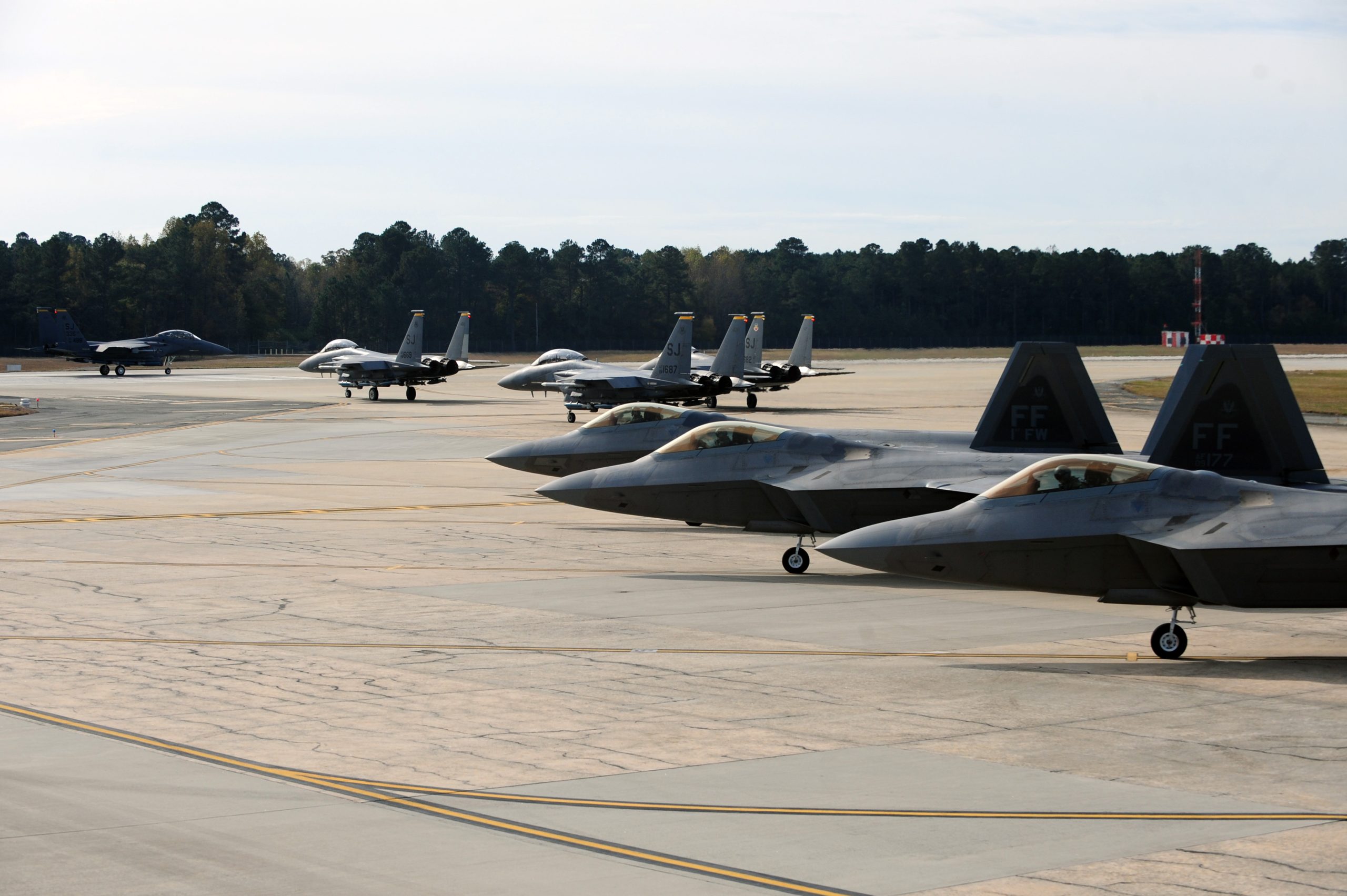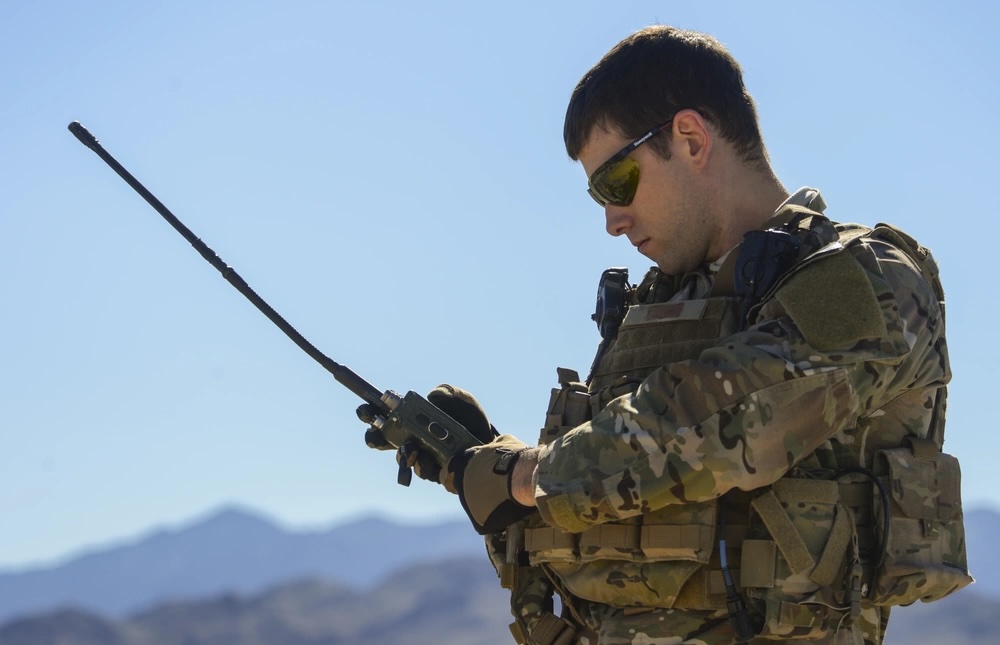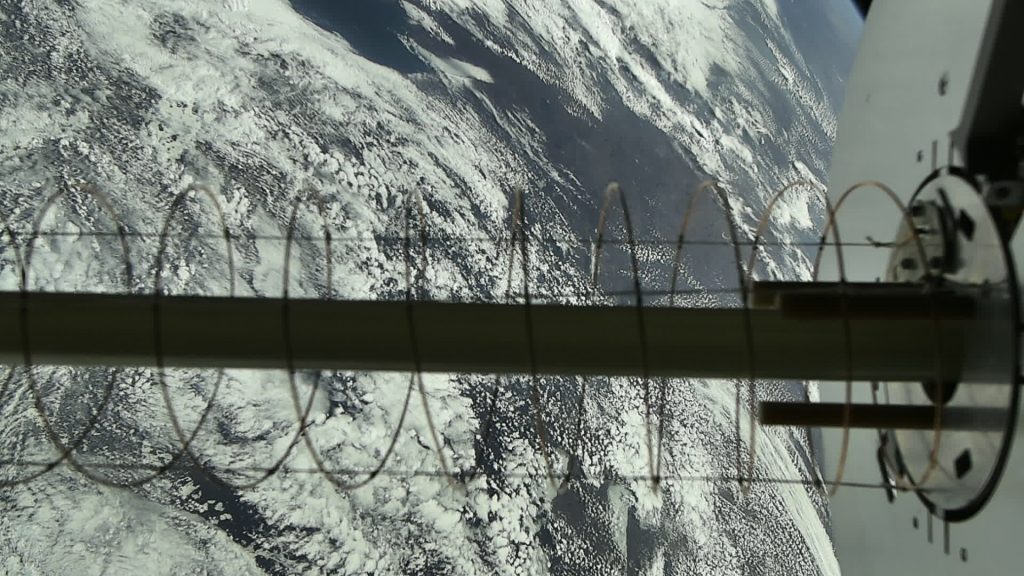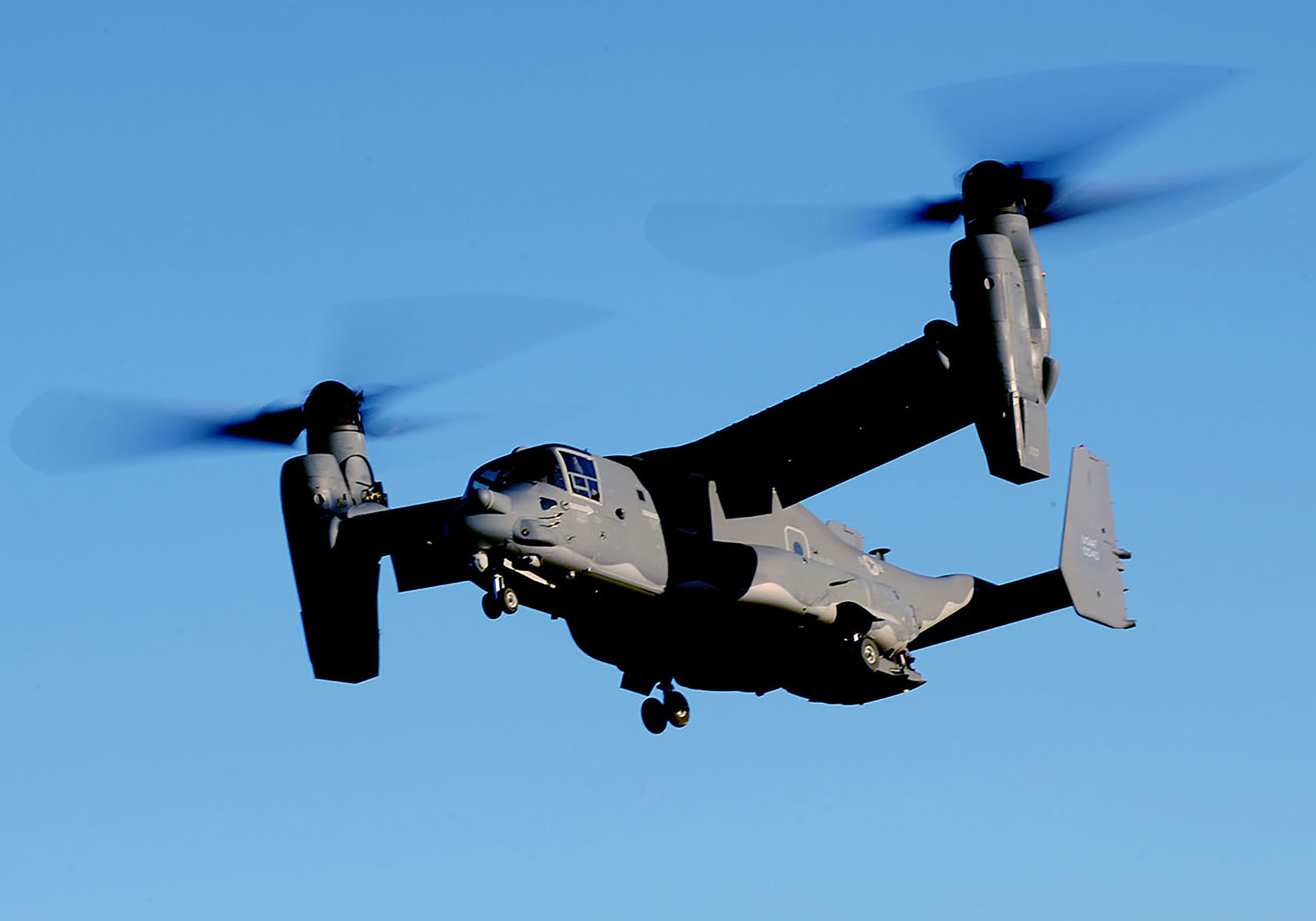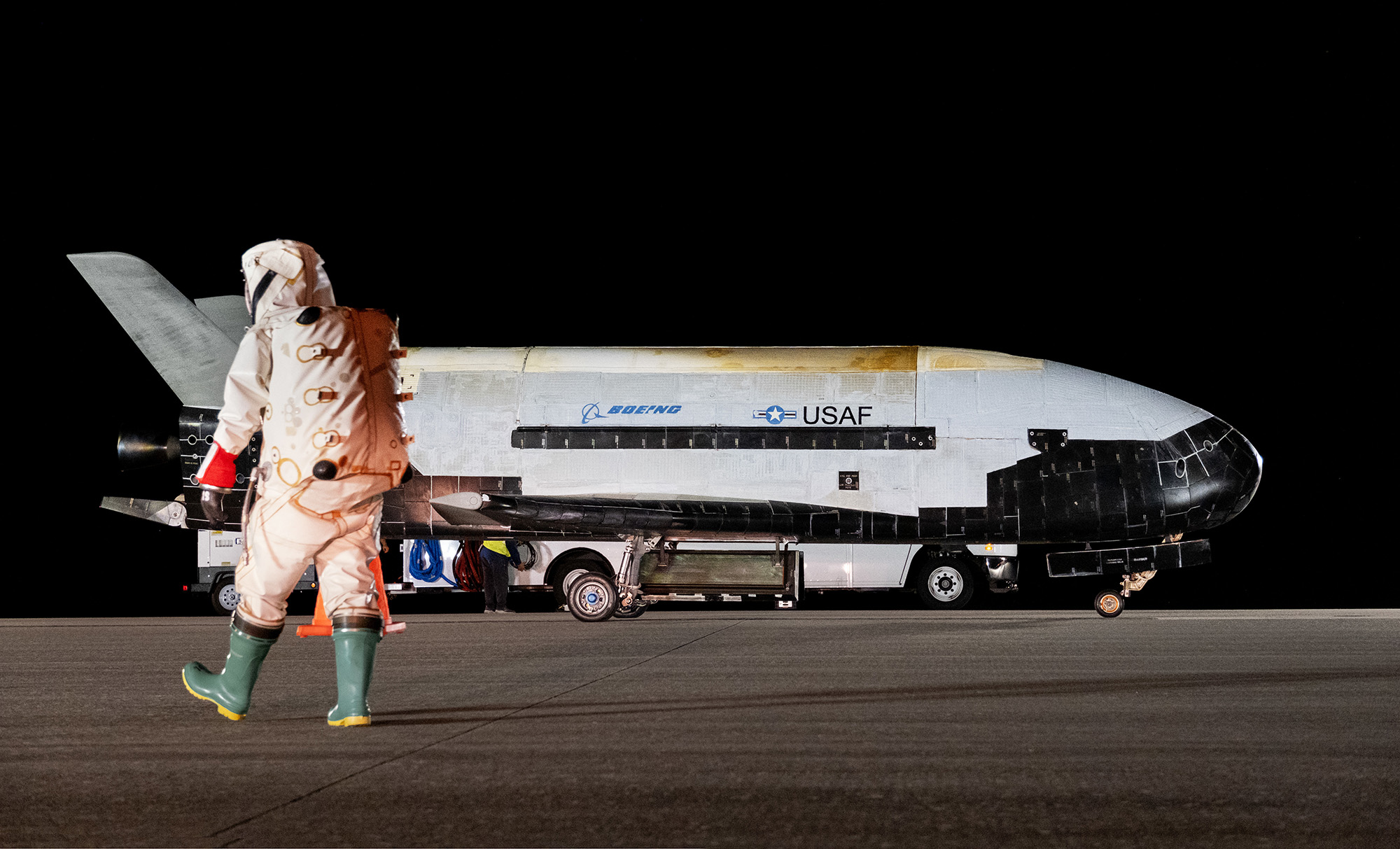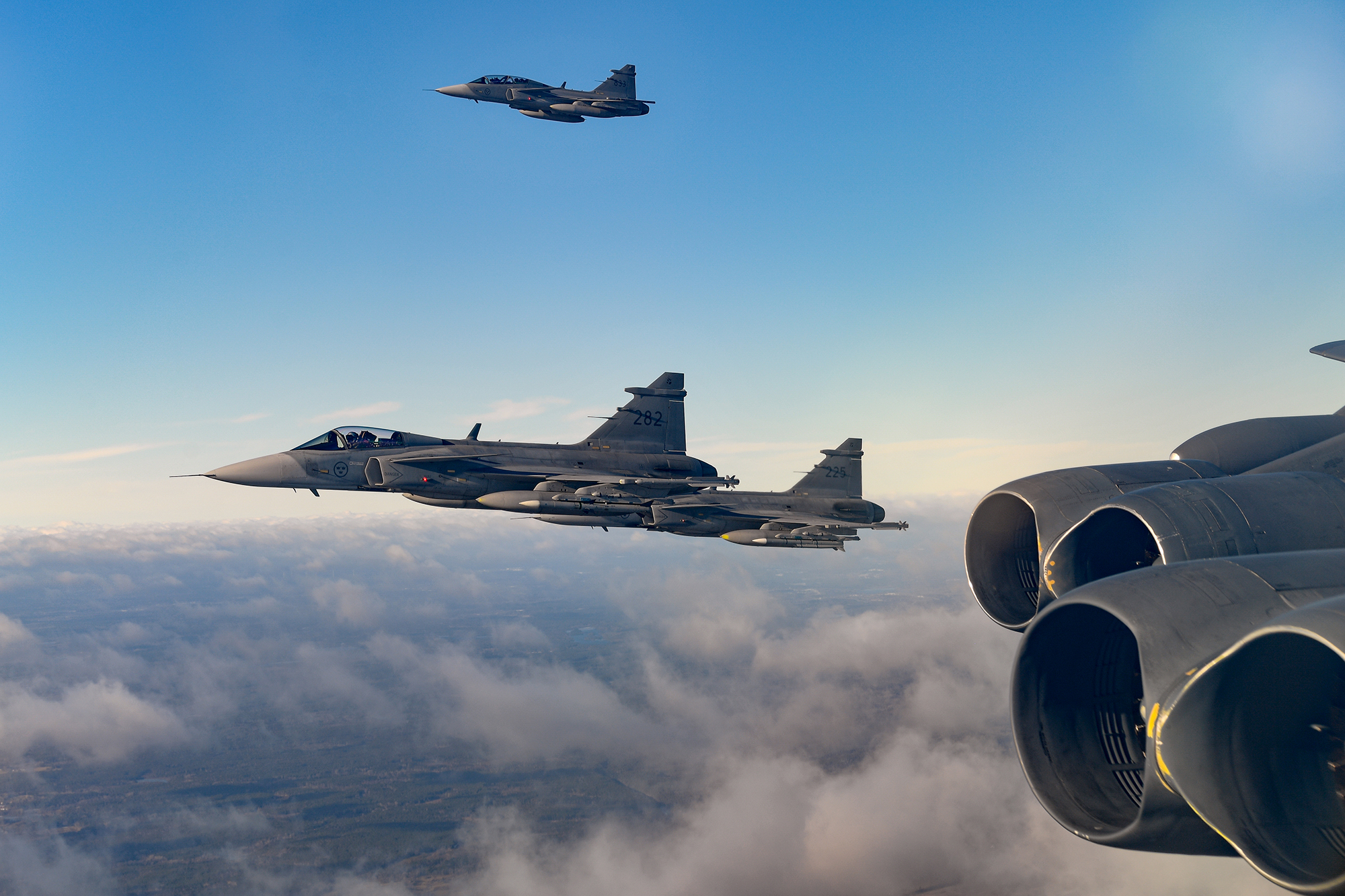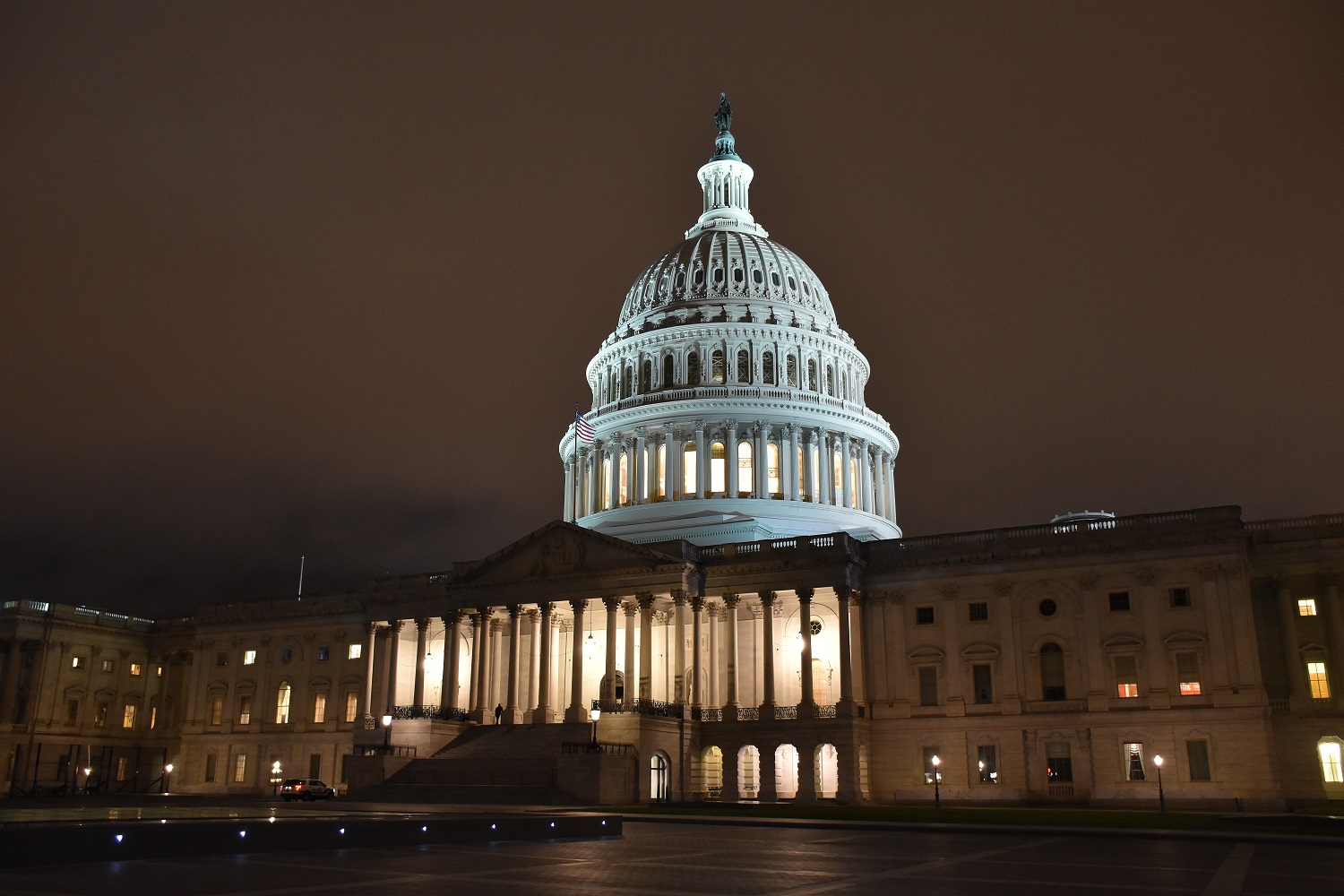The Space Force’s top enlisted ranks are gaining 14 new chief master sergeants and 30 senior master sergeants, the Air Force Personnel Center announced Dec. 7.
Competition to reach the E-8 paygrade grows fiercer with each passing year. The latest cycle, 24S8, included the largest-ever pool of eligibles, but just 30 of 423 eligible master sergeants were selected, a rate of just 7.09 percent. Still, that’s better than 21S8, when just 6.25 percent of 64 eligible master sergeants earned another stripe.
USSF Senior Master Sergeant Promotions: 2021-2024
| YEAR | SELECTED | ELIGIBLE | RATE |
|---|---|---|---|
| 2024 | 30 | 423 | 7.09 |
| 2023 | 35 | 328 | 10.67 |
| 2022 | 29 | 259 | 11.20 |
| 2021 | 4 | 64 | 6.25 |
It’s also taking longer to get promoted. Average time in grade reached 5.04 years and time in service reached 17.8 years, both highs.
On the other hand, promotions to chief master sergeant held were nearly identical to last year, with just one fewer eligible and one fewer selectee. Average time in grade inched up to 3.18 years and time in service also inched up slightly, to 20.91 years, but figures are below the highs set two years ago.
Space Force Chief Master Sergeant Promotions: 2020-2023
| YEAR | SELECTED | ELIGIBLE | RATE |
|---|---|---|---|
| 2023 | 14 | 54 | 25.93 |
| 2022 | 15 | 55 | 27.27 |
| 2021 | 10 | 45 | 22.22 |
| 2020 | 2 | 8 | 25.00 |
The Space Force continues to chart its own path on promotions, expanding the use of promotion boards for lower enlisted ranks. Given all USSF’s transfers from other services, then-Chief Master Sergeant of the Space Force Roger A. Towberman said the Space Force had to adjust to fairly compare promotion candidates with wildly different backgrounds. Evaluators cannot rely on “shortcuts or proxies that we might have used when we all knew each other,” Towberman warned.
In September, Towberman told attendees at AFA’s Air, Space & Cyber Conference that USSF was exploring a concept he called a “fully qualified promotion system,” which he argued would put “promotions in the hands of the Guardian,” eliminate “competition against each other, and encourage cooperation with each other.”
Speaking later with reporters, Towberman and his successor, CMSSF John Bentivegna, Towberman said the concept would build on the system used for lower ranks, where Guardians attain the necessary skills and certifications to earn their promotions at a pace largely of their own choosing.
“Are we able to evolve that into other grades?” Bentivegna said. “I think taking away some of the individual competition and making really more of a team-focused promotion and evaluation system, if you will, I think is very beneficial for us, especially.”
That idea remains in development. Meanwhile, the Space Force continues to grow: The Space force grew from 8,400 at the end of fiscal 2022 to 8,600 as fiscal 2023 ended. It is poised to increase to 9,400 in 2024, under the new compromise NDAA released by Congress this week.
